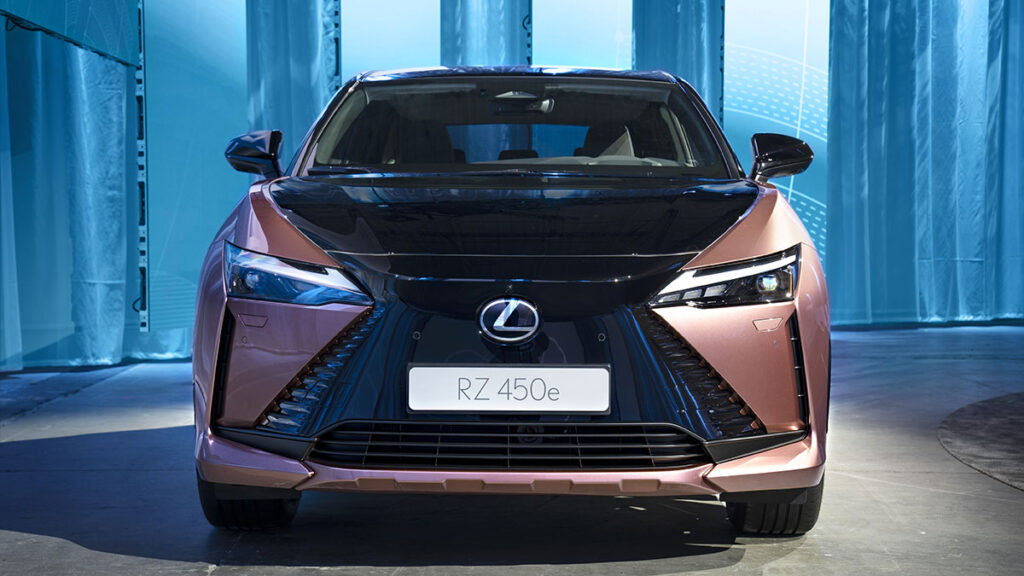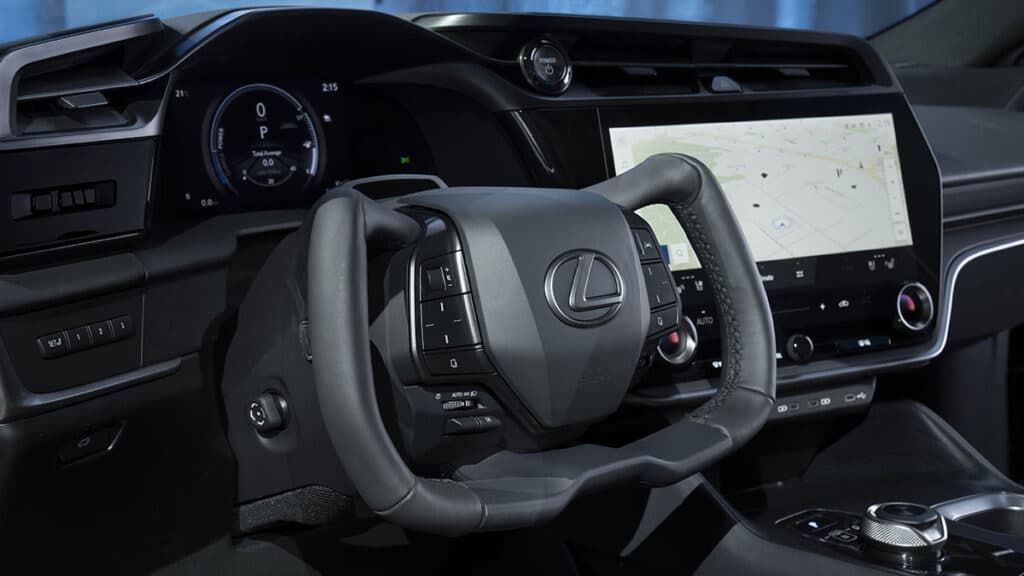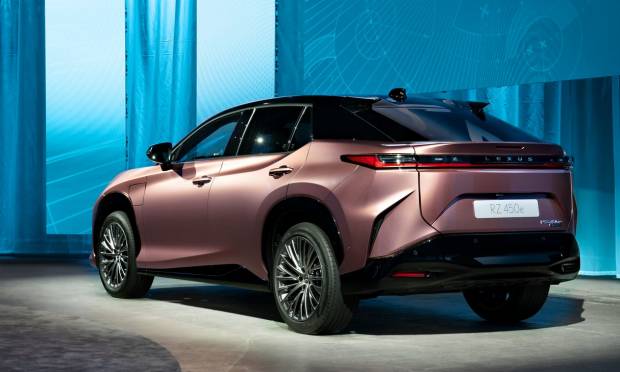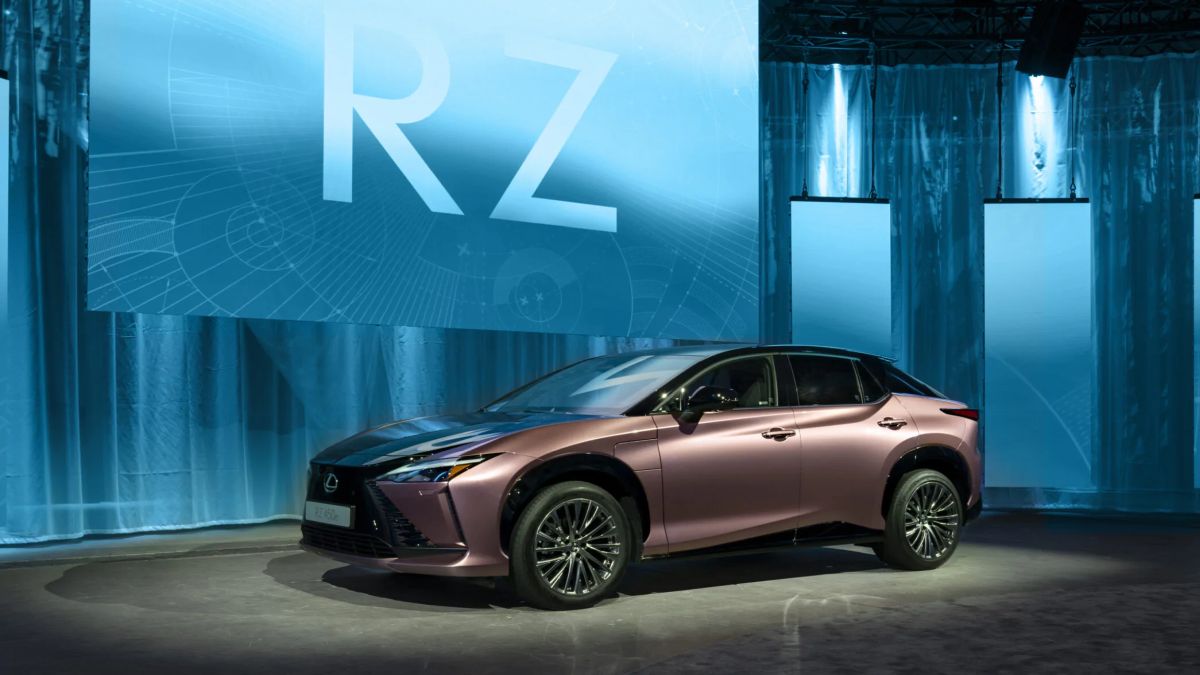Lexus unveiled its second electric car, the RZ 450e. Unlike the UX 300e compact SUV introduced in 2021, the new RZ 450e has a base designed from the ground up. The parent company Toyota developed the e-TNGA platform together with Subaru. For this reason the Lexus RZ450e is similar to two e-TNGA models previously presented by Toyota and Subaru, but it looks more independent, especially in the front and back. Furthermore, on paper, the performance is superior to that of the other two electric cars.

First, the 4805mm long RZ 405e is a Lexus that offers the same quality and performance as the brand’s other vehicles. The car is powered by the company’s Direct4 all-wheel drive system, which adjusts traction and power distribution based on driving conditions. The front electric motor it has an output of 150 kW (204 hp) and the rear 80 kW (109 hp), for a total power of 230 kW (313 HP). It goes from 0 to 100 km / h in 5.6 seconds and reaches a top speed of 160 km / h.
The RZ has a steer-by-wire system with no mechanical connection between the steering and the wheels, with its own emergency power supply. In particular, this should allow “Excellent straight-line driving behavior”, steering sensitive to high speeds and less “hard” during slow maneuvers. Lexus presented the RZ with a steering wheel nel design “Yoke” which does not require a top of the circle. However, it is not clear if this particular steering wheel is installed as standard or if it is optional.

Lexus RZ 450e promises 400 km of range on one charge
The energy for the EV motor is provided by a lithium-ion battery with a storage capacity of 71,4 kWh. Lexus expects this battery it will still have more than 90% of its capacity after ten years. This is undoubtedly a very interesting figure, given that other producers, after the same period of time, usually only give from 70 to 80%. Lexus will publish details of the RZ’s range and charging times only at a later date, but according to the WLTP cycle, more than 400 kilometers are promised. Consumption should be less than 18 kWh per 100 kilometers and therefore relatively low for a vehicle in this segment.

Inside, Lexus emphasizes not only high quality, but also the minimalist and spacious overall design, as well as the driver-centered cabin structure. The on-board instrumentation, the head-up display and the 14-inch multimedia display are designed to improve the driver’s forward visibility. Various modern assistance systems should also ensure safety. A digital rear-view mirror is available on request, which should allow better visibility even at night and in adverse weather conditions.
European customers can now pre-order the new Lexus. The first vehicles are expected to be available to buyers from the end of 2022, but on the price, everything is still silent.
















Leave a Reply
View Comments